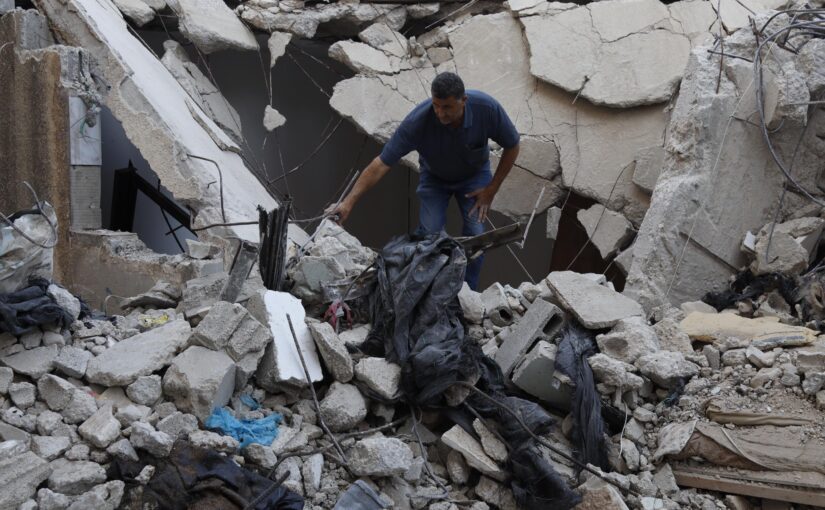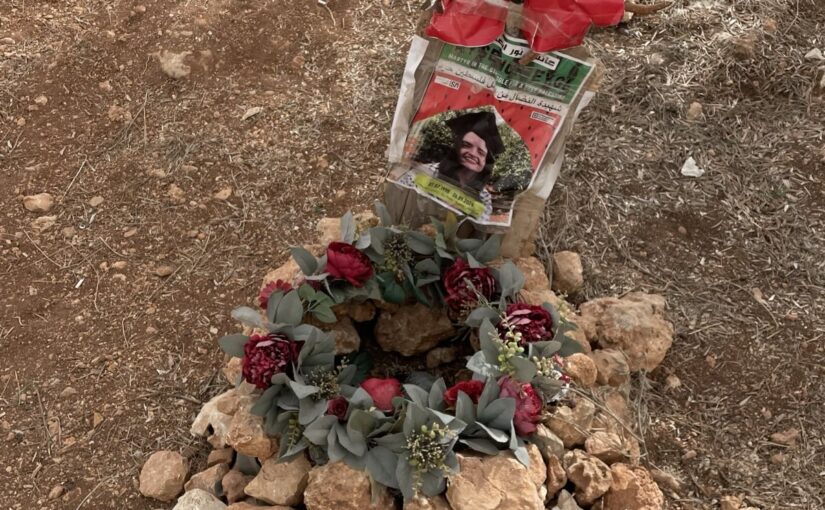Category: Reports
-

There is no more life in Tulkarm camps
West Bank – TulkarmBy Diana Khwaelid When you enter the camps of Tulkarm, you realize that thousands of Palestinians have been killed. Sections of Tulkarm’s refugee camps have been decimated once more, with several martyrs in the latest attack on November 5. Dozens of Israeli military incursions have completely disfigured the camps.In recent weeks attacks against Tulkarm’s refugee…
-
The Threat to the Existence of Palestinian Refugee Camps
Nur Shams – Tulkarm By Diana Khwaelid 1 November 2024 Has Israel Succeeded in Implementing the Voluntary Displacement Policy in West Bank Camps? Israeli forces launched another incursion into the Nur Shams camp in the city of Tulkarm. A military operation by the Israeli occupying forces in the camp led to the destruction of infrastructure…
-
Fighting Until the Last Breath
October 26, 2024 | Tulkarem-West Bank | Diana Khwaelid What does it mean to bring an entire army battalion with huge military vehicles storming into a neighborhood, to besiege a whole apartment building, in search of a single Palestinian? This is a report of resilience and defiance in the face of the Israeli occupation. On…
-
Remembering Ayşenur
Beita – October 25, 2024 International volunteers have continued to return to Beita following the murder of Ayşenur, a member of the International Solidarity Movement, despite the Israeli army violently suppressing the peaceful demonstrations. On Friday 25, the day began with tense confrontations from Israeli forces, which forced Palestinians and volunteers to evade soldiers and…
-
Israeli Military and Police Raid International Home in Qusra
At about 20:00 Friday night, the Israeli army and police raided the international volunteers’ home in the village of Qusra, south of Nablus. This raid was conducted at gunpoint by a heavily armed force. Leading the raid was the same military officer who had commanded a squadron that forced Palestinian harvesters out of their land…

